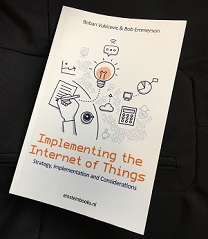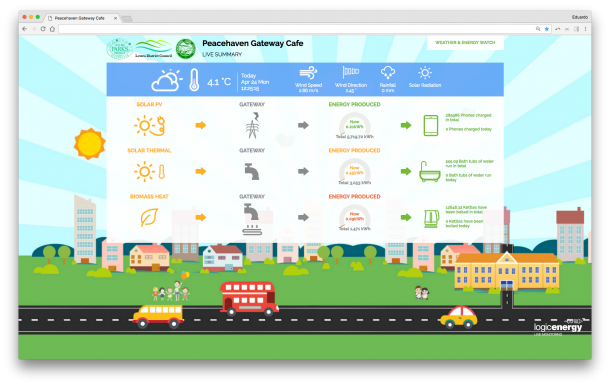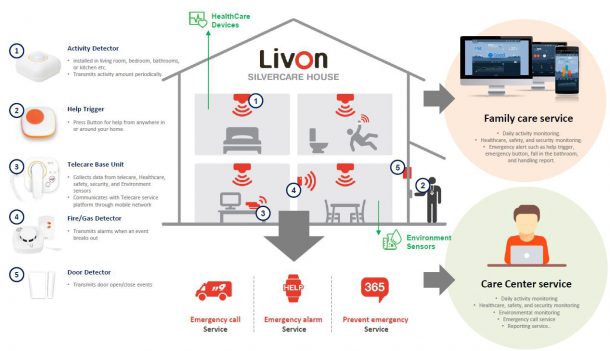Book Review: Implementing the Internet of Things

Implementing the Internet of Things by Boban Vukicevic and Bob Emmerson is not a technical manual, although the title might suggest otherwise. It’s a business-focused and practical guide to “Strategy, Implementation and Considerations”,as the sub-heading puts it, for those considering an Internet of Things (IoT) solution for their organisation.
It describes the “profound impact the IoT will have on businesses” and focuses on the critical business / management issues arising from IoT implementations. The book’s authors look for what they call “a strategic IoT Hot Spot” that aligns with the business or public service organisations’ objective.
The business case
IoT’s business case, says the Foreword, is based on business benefits such as an increase in operational efficiency, improved product and service performance, enhanced operational agility and the opportunity to create new business models. “Savvy companies,” says Vukicevic, “who adopt IoT technology early on will be the first to obtain this information and by acting on it they will realise significant benefits and derive huge competitive advantages.”
The authors strongly recommend a formalised analysis of the impact that IoT could have on your organisation, “its products and services, your resources and capabilities, as well as those of your customers and the competition. You also need to analyse the environment in which your company operates,” they add. When analysing your competitive advantage it is important to consider “left-field” new market entrants/products as well as the current set of competitors. “Barriers to entry will go down where IoT enabled products leapfrog or invalidate the strengths and assets of incumbents.”
In Chapter 1.2 the authors recommend making a confrontation matrix between the Critical Success Factors or CSFs (a business strategy tool introduced in the 1960s) and the most critical internal business processes. For readers, like your correspondent, who have never attempted this, advice is given as they say it will allow you to determine the relevant strategic objectives and the related Key Performance Indicators (KPIs). Typical CSFs might include: Why would a customer choose our product rather than a competitor’s, and what cost elements have the most significant influence on our bottom line?

LeSense dashboard for remote energy and meteorology monitoring
Low hanging fruit
In the innovation phase, the first results of your activities “must be visible, viable and tangible, resulting in quick financial wins. This first success will provide enthusiasm and the commitment in the organisation and new IoT champions will rise.”
There is a short but important discussion of the steps of IoT innovation. These are to:
- Lower costs and improve operational efficiency
- Generate more revenue per unit of sales by providing additional value to customers, and
- Offer your product as a service.
Examples cited in the book include the pay-per-copy model for selling office equipment, air compressor services sold per cubic metre of compressed air delivered, or the pay-per-lux models for selling lighting.
There is also a discussion of strategic innovation pitfalls, such as vendors “overshooting” their market as they give customers more than they need – or are willing to pay for.
Chapters then explore IoT-enabled intelligent connected products, the technologies that enable the Internet of Things – some of which will be familiar to regular readers here. Your reviewer always finds self-help manuals work best when describing real-world use cases, which this does in Chapter 5.

LivOn provides smart monitoring on wireless networks to care organisations
Use cases show what can be achieved
Here, sections examine intelligent transport platforms for smart cities, managing drivers and fleets, remote energy and meteorology monitoring, personal and asset tracking, optimisation of parking bay usage, smart homes, bike sharing, telecare for the elderly or disabled, and mobile healthcare for diabetes.
I would certainly recommend this book to those planning their first foray into the Internet of Things. It won’t try to show off with jargon, as some do. It will help readers see this as the business (not technology) exercise it should be. It might shorten the process by making you ask some questions of yourself that you hadn’t; and avoiding some of the IoT’s bear traps is also valuable. If you seek inspiration turn straight to Chapter 5.
The authors are Boban Vukicevic, managing director of Comgate.nl, an Internet of Things technology enabler and management consulting company from the Netherlands, and Bob Emmerson. Bob will be familiar to visitors to this site, as a freelance contributor and IoT industry observer. He is an English national living in the Netherlands; he holds a degree in electronic engineering and mathematics from London University.
Implementing the Internet of Things
By Boban Vukicevic & Bob Emmerson
einsteinbooks.nl ISBN 9 789492 460219
58 Pages Price: €10.00
http://amzn.to/2hcEO8D
The reviewer is Jeremy Cowan, editorial director of IoT Now.
Comment on this article below or via Twitter @IoTGN
